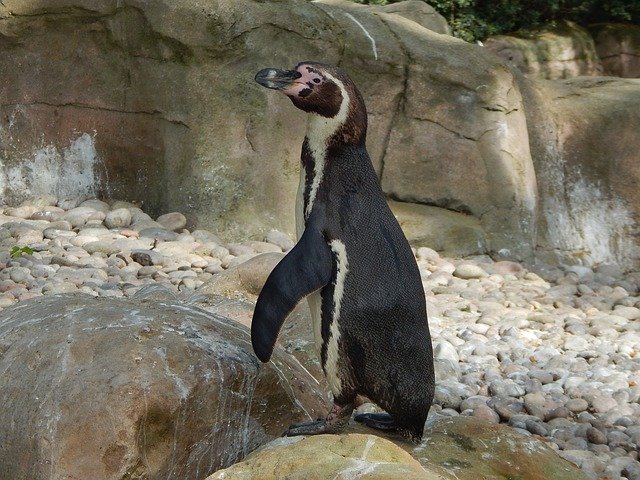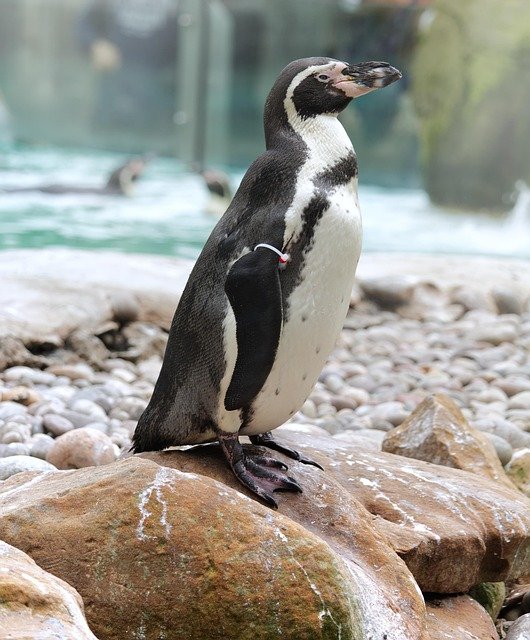**Title: "The Social Dynamics of Penguin Colonies: Exploring Communication and Cooperation"** In this

The Social Dynamics of Penguin Colonies: Exploring Communication and Cooperation
Penguins, often celebrated for their charming waddles and striking tuxedo-like appearance, are not just adorable creatures; they are also fascinating social animals. Their colonies provide a unique glimpse into the complex social dynamics that govern their interactions, from communication methods to cooperative behaviors. This post delves into the intricate social structures of penguin colonies, highlighting how these birds communicate and cooperate for survival.
Communication: The Language of Penguins
Penguins are known for their diverse vocalizations, which play a crucial role in their social interactions. Each species has its unique set of calls, ranging from the loud braying of the Emperor penguin to the softer, more melodic sounds of the Adélie penguin. These vocalizations serve various purposes:
- Mate Attraction: During the breeding season, males often engage in elaborate vocal displays to attract females, showcasing their health and vitality.
- Chick Recognition: Parent penguins can recognize their chicks by their specific calls, allowing them to locate and feed them amid the bustling colony.
- Territorial Defense: Vocalizations also serve as a means of establishing territory and deterring intruders, ensuring that resources are protected.
In addition to vocal communication, penguins use body language, such as bowing and head movements, to convey messages to one another. This multimodal communication is vital for maintaining social bonds and coordinating group activities.
Cooperation: Working Together for Survival
The harsh environments in which many penguin species live demand a high level of cooperation among colony members. Here are some ways penguins exhibit cooperative behavior:
1. Huddling for Warmth
In frigid climates, such as Antarctica, Emperor penguins engage in huddling behavior to conserve heat. By forming tightly packed groups, they reduce exposure to the cold and wind, allowing them to survive extreme temperatures. This behavior exemplifies the importance of cooperation in ensuring the survival of the species.
2. Shared Parenting
Many penguin species, including the Gentoo and Macaroni penguins, exhibit shared parenting roles. Both parents take turns incubating eggs and feeding chicks, which increases the chances of chick survival. This cooperative breeding strategy allows for a more efficient allocation of resources and care.
3. Foraging in Groups
When hunting for food, penguins often forage in groups, which enhances their chances of success. By working together, they can drive schools of fish toward the surface, making it easier for each individual to catch their meal. This cooperative foraging behavior not only increases food intake but also strengthens social bonds within the colony.
The Importance of Social Structures
The social dynamics of penguin colonies are complex and essential for their survival. The relationships formed within these groups are often hierarchical, with dominant individuals leading and influencing the behaviors of others. Understanding these social structures can provide insights into the evolutionary advantages of cooperation and communication in animals.
Conclusion
The social dynamics of penguin colonies reveal a rich tapestry of communication and cooperation that is vital for their survival in some of the harshest environments on Earth. As researchers continue to study these fascinating birds, we gain a deeper understanding of the intricate social behaviors that not only define penguins but also offer broader insights into the animal kingdom. By exploring the lives of penguins, we can appreciate the importance of social bonds and collaborative efforts in the natural world.
Whether you are a seasoned wildlife enthusiast or a curious newcomer to the world of animal behavior, the social lives of penguins offer a captivating glimpse into the complexities of life in the wild.

Upvoted! Thank you for supporting witness @jswit.